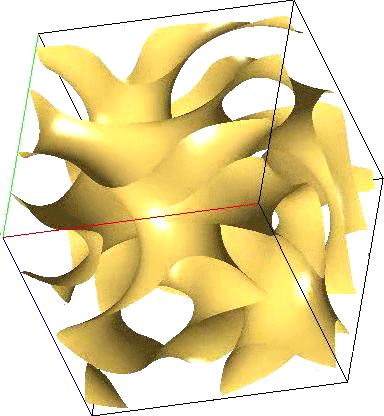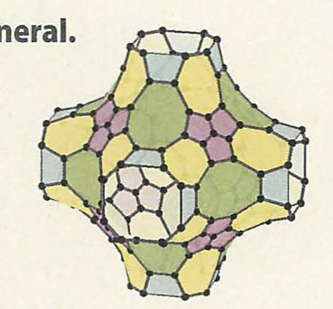In the beginning of May, your portal editor-in-chief visited Professor Nishiura’s
Mathematics Unit
at the
WPI Advanced Institute for Materials Research
at Tohoku University in Japan.
The institute is one of the
nine research institutes
sponsored in Japan under the World Premier International Research Centers Initiative (WPI) and it was established in 2007. In 2012, mathematician Motoko Kotani became its second director and the focus of the institute shifted to mathematics-flavored materials science research.
The Institute is very internationally orientated and has joint research centers and themes with
the University of Cambridge, UK ("Non-equilibrium Materials and Soft Materials"), the University of California, Santa Barbara (UCSB), USA ("Organic Electronics and Condensed Phase Phenomena") and the Institute of Chemistry, Chinese Academy of Sciences (ICCAS), China ("Molecular Nanotechnology and Devices"). Moreover, it has partnerships with institutions in France, Germany, UK, Poland, US and China.
The institute lies in the center of Sendai, which we all know from the devastating offshore earthquake with a magnitude of 9 (making it the fifth most powerful earthquake ever recorded) and the subsequent destructive tsunami on March 11, 2011.
The disaster resulted in 16,000 reported deaths and still close to 3000 people are missing. Moreover, it resulted in the nuclear meltdown of three reactors of the Fukushima’s Daiichi Nuclear Power Station, which is only a mere 100km away from the institute.
Before flying to the institute, I did not know what to expect from Sendai and the aftermath of the disaster. To my surprise, besides the shocking pictures from the destruction at Sendai International Airport, not much in Sendai itself reminds of the disaster (at least not for the inexperienced non-Japanese speaking visitor) and it very much seemed to be a "normal" Japanese city.
The Mathematics Unit is one of the
<a target="external" href="
http://www.wpi-aimr.tohoku.ac.jp/en/research/researcher/">
six groups
in the institute and is led by Professor Nishiura.
The group consists of 7 academics, 2 post doctoral researchers, 2 supporting staff members and 4 students.
The mission of these groups is to promote collaborative researches among different experimental laboratories. For example, the Interface Unit (one of the other groups) is designed to bridge the mathematical group and the experimental ones, and consists of younger
thoereticians with different backgrounds like physics, chemistry, applied mathematics, and computation.

Simulation of a di-block copolymer.
The main research subjects of the Mathematics Unit are
- Dynamical system approach and modeling self-organized dynamics of hierarchy systems:
A dynamical system approach is one of the most powerful and universal methods for modeling and analysis of complex systems arising in materials science ranging from dislocation, phase separation to soft matter and amorphous problems. Mathematics is
an inexhaustible gold mine not only providing a variery of rools as in data-driven analysis but also presenting new concepts like phase-field and
computational homology.
Main publications:
-
M. Yadome, Y. Nishiura, and T. Teramoto, Robust pulse generators in an excitable medium with jump-type heterogeneity, SIAM Journal on Applied Dynamical Systems, (2014) (in press).
-
K. Ueda, M. Yadome, and Y. Nishiura, Multistate network for loop searching system with self-recovery property, Physical Review E89, 022810 (2014).

Modeling of a true-slime mold.
- Discrete geometric analysis and geometry in general
Discrete geometry is to make bridges between discrete objects and continuum properties, or microscopic structures and macroscopic features, by taking geometrical viewpoints into account. Recently, the focus has been on the application of discrete geometric analysis to materials science; detection of global structure of amorphous materials from local data by using topology, geometric characterization of carbon networks, topological order in spin-centered science.
Main publications:
-
T. Matsuno, H. Naito, S. Hitosugi, S. Sato, M. Kotani, and H. Isobe, Geometric measures of finite carbon nanotube molecules: a proposal for length index and filling indexes, Pure and Appl. Chem 86, 489-495 (2014).
-
A. Hirata L. J. Kang, T. Fujita, B. Klumov, K. Matsue, M. Kotani, A. R. Yavari, and M. W. Chen, Geometric frustration of icosahedron in metallic glasses, Science 341, 376-379 (2013).

Negatively curved cubic carbon crystals with octahedral symmetry.